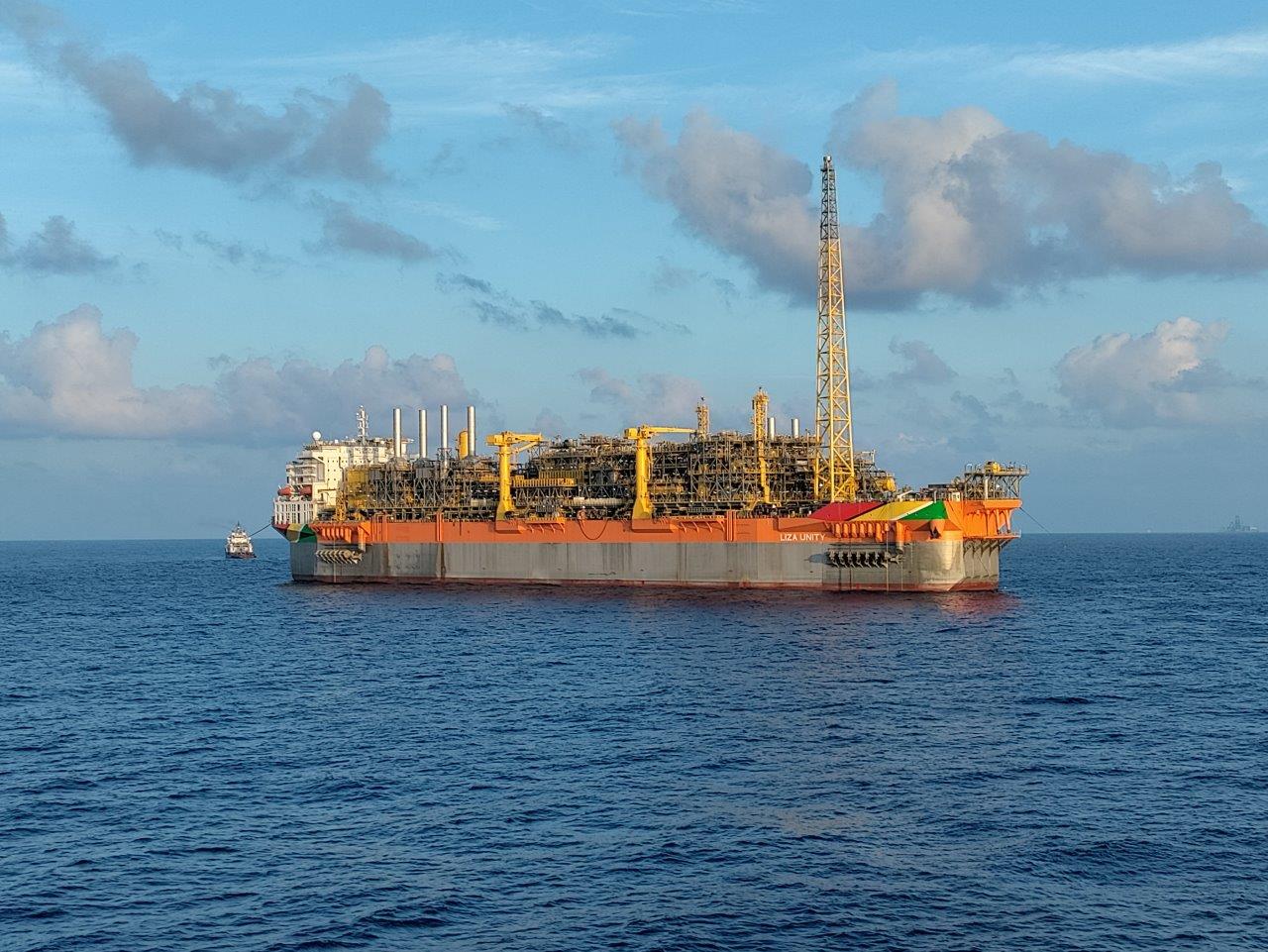Given its well-advantaged assets in Guyana and the United States along with its work in Carbon Capture and Storage (CCS), ExxonMobil Corporation believes society should not have to choose between reliable, affordable energy and reduced greenhouse gas emissions.
According to its Chairman and Chief Executive Officer (CEO), Darren Woods, the company is working to deliver the best of both worlds.
During his company’s second-quarter earnings call, Woods was in high praise of the low-cost barrels in Guyana and premium US assets as he credited them for being considerable contributors to the company’s remarkable performance. In fact, Woods said the majority of its growth came from its advantaged investments in Guyana and the Permian, USA. The CEO said, “In Guyana, Liza Phase 2 is ramping up and recently reached design capacity of 220,000 barrels per day. Liza Phase 1 is producing at more than 10% above design capacity and demonstrating excellent performance.”
Liza projects at full capacity as background flare achieved offshore Guyana | OilNOW
In the Permian Basin, Woods added, “We achieved average production of about 550,000 oil-equivalent barrels per day. Permian production is up about 130,000 oil-equivalent barrels per day year-to-date, or more than 30% versus the first half of 2021.”
He further noted that in the second quarter, Exxon continued to expand its portfolio of emission reduction opportunities in carbon capture and storage, biofuels, and hydrogen – areas with potentially large markets that align with its existing advantages and core capabilities.
The CEO said, “Our depth of experience and demonstrated leadership in each element of the Carbon Capture and Storage value chain gives us an advantage in a market that is beginning to take off… and makes us a partner of choice.”
During the second quarter as well, he said his company announced several opportunities with potential to capture up to 17 million metric tons per year of CO2. In this regard, Woods shared that Exxon signed a Memorandum of Understanding (MoU) to explore the development of a carbon capture project at the site of its new chemical plant in China.
He also noted the company’s participation in the Dutch North Sea L10 project, which is near its Rotterdam facility. OilNOW understands that this represents the first stage of development of the greater L10 area as a large-volume CO2 storage reservoir.
Exxon also started front-end engineering and design for a carbon capture and storage hub in Southeast Australia.
In Indonesia it signed a MoU with Pertamina, the country’s national energy company, to jointly study the potential for large-scale implementation of carbon capture and storage as well as hydrogen and ammonia production.
In Guyana, Exxon has also been given the greenlight to conduct CCS studies so that the company may utilise it in its local operations.



